Technological Innovations
Technological innovations play a pivotal role in driving the Stationary Air Compressor Market. Advancements in compressor design, materials, and control systems have led to the development of more efficient and reliable models. Features such as variable speed drives and smart controls enhance performance and energy efficiency, appealing to a wide range of industries. The market has seen a notable increase in the adoption of these advanced technologies, with estimates suggesting that innovative models could capture a significant share of the market by 2026. As industries seek to leverage these advancements, the demand for technologically superior stationary air compressors is likely to grow.
Energy Efficiency Regulations
Stringent energy efficiency regulations are shaping the Stationary Air Compressor Market. Governments and regulatory bodies are increasingly implementing standards aimed at reducing energy consumption and emissions. This has led manufacturers to innovate and develop more energy-efficient stationary air compressors. The market is witnessing a shift towards compressors that not only meet regulatory requirements but also offer cost savings to end-users. Data suggests that energy-efficient models can reduce operational costs by up to 30%, making them attractive to industries looking to minimize expenses. As regulations become more rigorous, the demand for compliant stationary air compressors is expected to rise.
Increased Industrial Automation
The rise in industrial automation is a key driver for the Stationary Air Compressor Market. As industries increasingly adopt automated processes, the demand for reliable and efficient air compressors has surged. Automation enhances productivity and reduces operational costs, leading to a greater reliance on stationary air compressors for powering pneumatic tools and machinery. According to recent data, the manufacturing sector has seen a compound annual growth rate of approximately 4.5%, which correlates with the growing need for stationary air compressors. This trend is expected to continue, as more industries seek to optimize their operations through automation, thereby propelling the stationary air compressor market forward.
Growing Demand in Construction Sector
The construction sector's expansion significantly influences the Stationary Air Compressor Market. With ongoing infrastructure projects and urban development, the need for stationary air compressors has increased. These compressors are essential for powering tools and equipment on construction sites, ensuring efficiency and productivity. Recent statistics indicate that the construction industry is projected to grow at a rate of 5% annually, which directly impacts the demand for stationary air compressors. As construction activities ramp up, the market for these compressors is likely to experience substantial growth, driven by the need for reliable and high-performance equipment.
Rising Demand for Compressed Air Applications
The increasing demand for compressed air applications is a significant driver for the Stationary Air Compressor Market. Various sectors, including manufacturing, automotive, and food processing, rely heavily on compressed air for diverse applications such as powering tools, conveying materials, and controlling machinery. The market is projected to expand as industries recognize the versatility and efficiency of compressed air systems. Recent analyses indicate that the market for compressed air applications is expected to grow at a rate of 4% annually, further boosting the demand for stationary air compressors. This trend underscores the essential role of stationary air compressors in supporting various industrial processes.


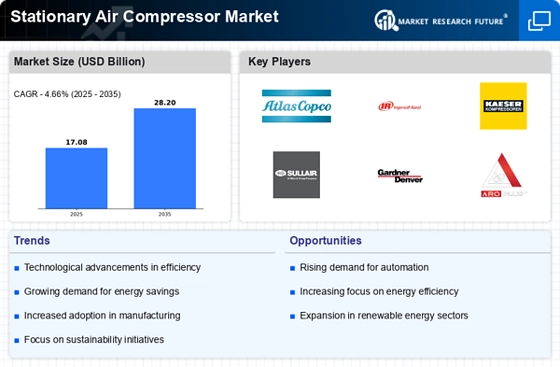
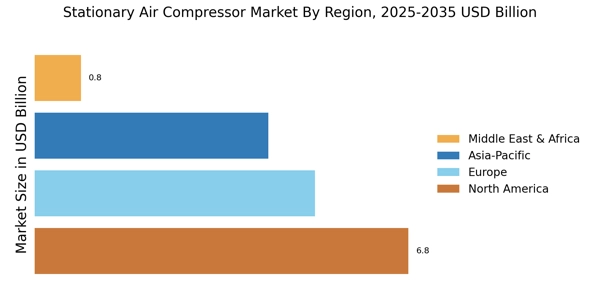
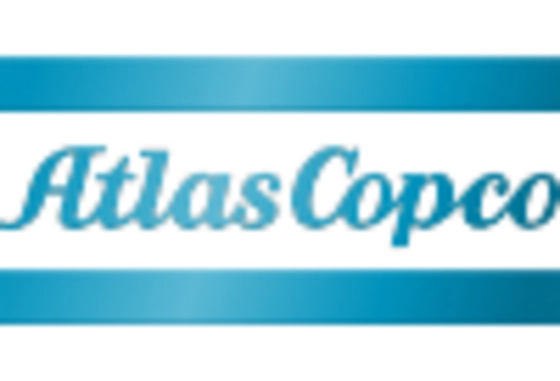
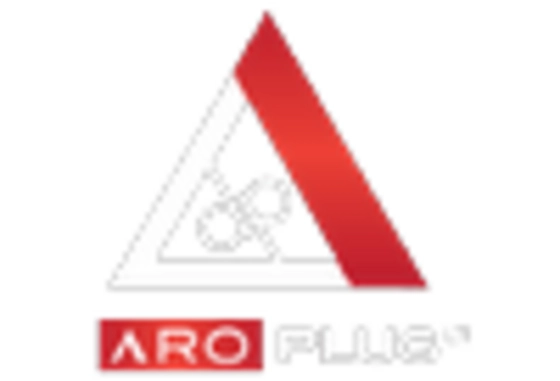
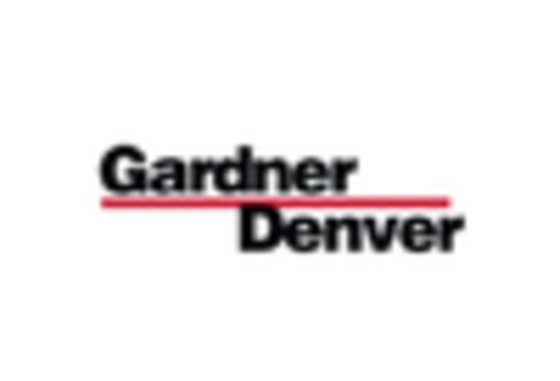
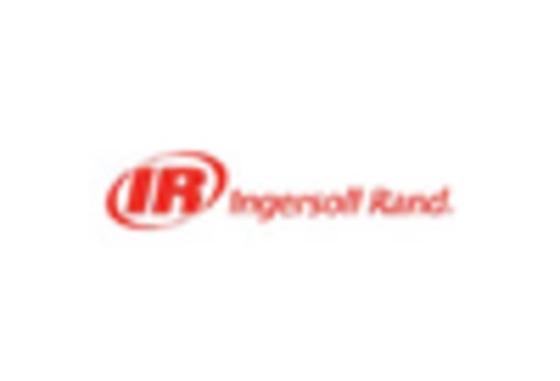
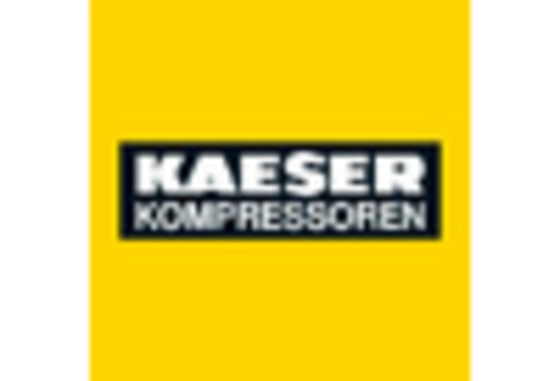
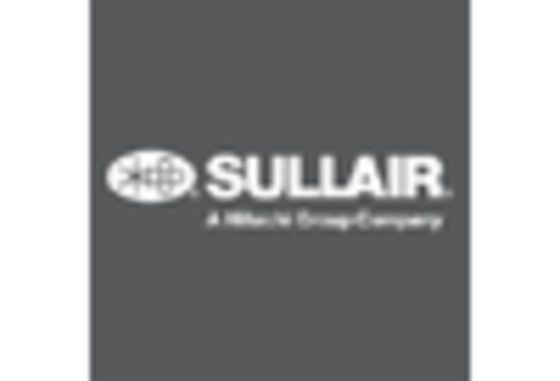








Leave a Comment